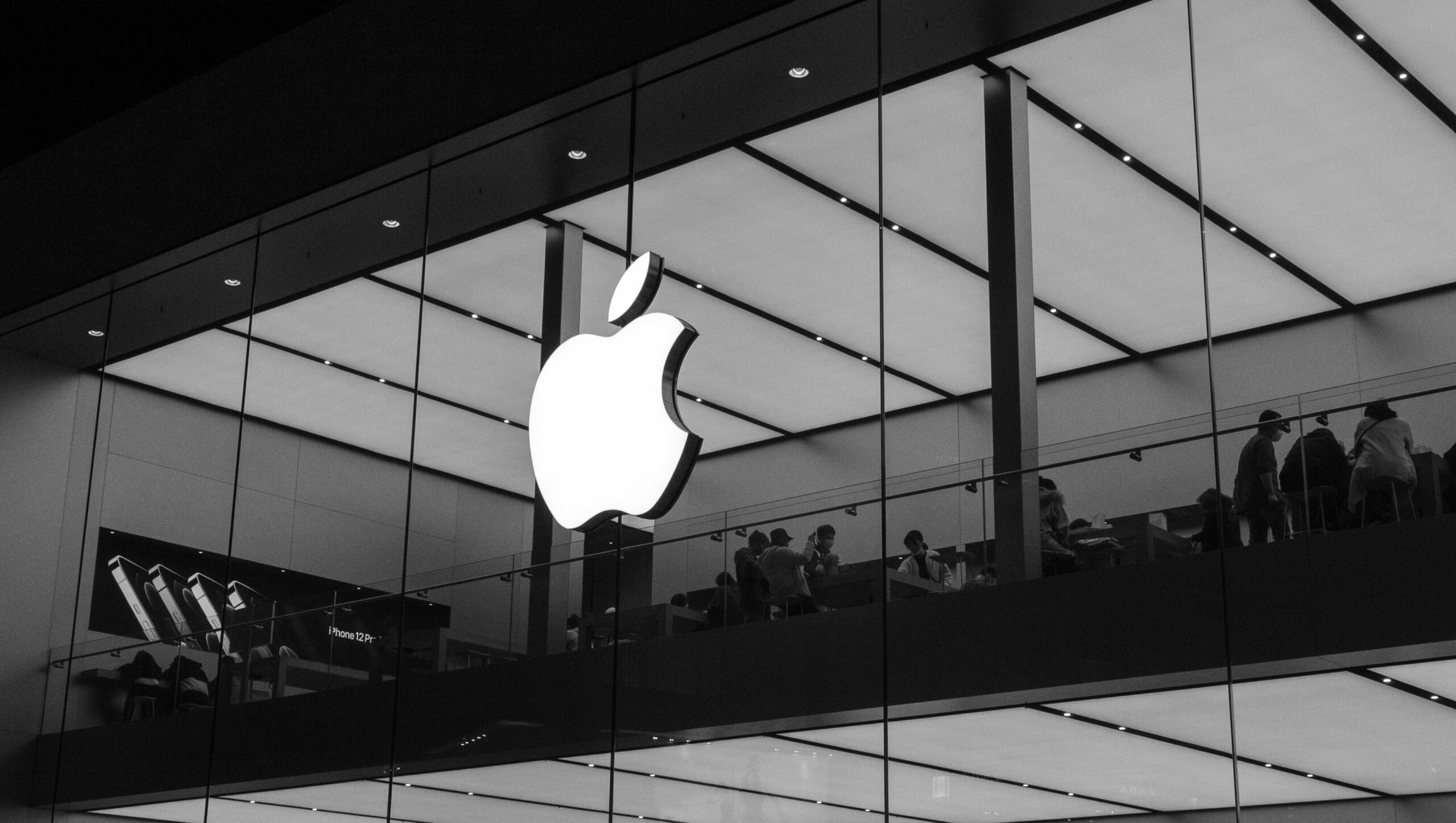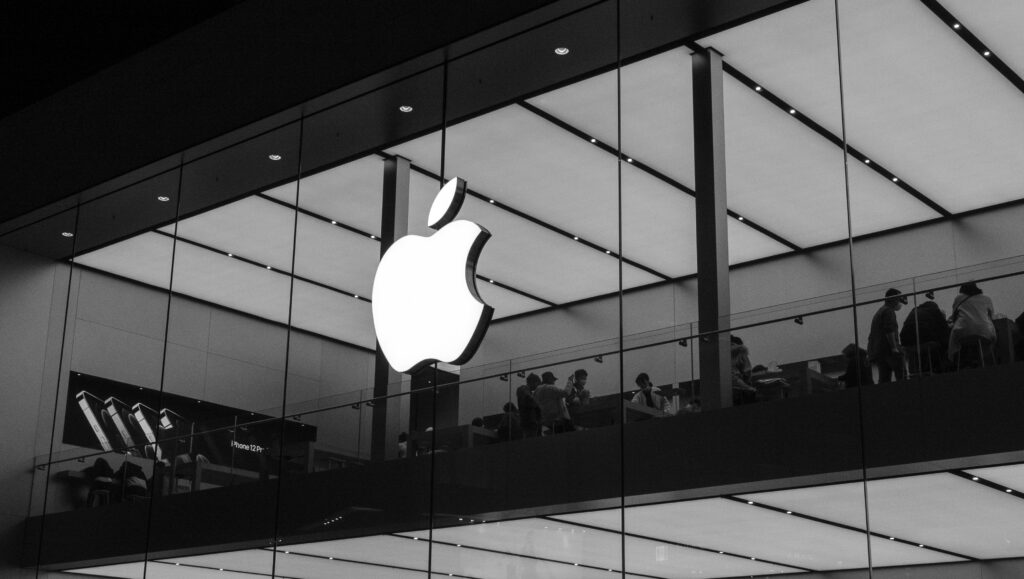Apple Vision Pro and the Future of Virtual Reality

The marketing world was abuzz when Apple dropped a huge announcement at the 2023 Worldwide Developers Conference in early June: Apple Vision Pro, the brand’s first spatial computer is here. With Vision Pro, Apple promises the future of spatial computing and mixed reality. By navigating apps simply by voice or with eye and hand movements, consumers can enjoy many immersive experiences. Users can free their workspace as apps now live right in front of them, enjoy videos and photos in a way unlike ever before, or transform their favorite entertainment into a personal theater experience. And consumers can experience all these applications while staying connected to the “real world.”
Many marketers view this product launch as an exciting step forward for the future of virtual reality. But the majority are skeptical about the adoption rates of such a futurist technology, citing its limitations like its high price tag and short battery life as hurdles the product must overcome before it could be used by the masses. But what does Apple’s Vison Pro mean for marketers today? Here’s our latest take on what Apple’s latest innovation means for you.
Why we’re excited
There are many reasons to get excited about the launch of Apple’s Vision Pro both as a consumer and as a marketer. Even though the product has some major kinks to work out, the release of Apple’s Vision Pro showcases the tech giant’s investment in the virtual, augmented, and mixed reality space. As an industry leader, Apple is a trendsetter when it comes to hardware and innovation — where Apple goes, the industry follows. By taking a strong stance with this new technology, they are marching forward into the future of spatial computing and the rest of the industry is bound to follow them.
Additionally, Apple products and apps are ingrained in most consumers’ day-to-day lives, which makes its new technology much more approachable and less intimidating. This gives the brand a leg up against its competition as far as both product trial and adoption are concerned. And as Apple has a track record of releasing future iterations of its product, adoption could skyrocket as the product becomes more wearable and accessible to the masses.
Unlike virtual reality and the metaverse — which have been unappealing to consumers as they disconnect them from the “real world” — Apple’s Vision Pro is a prime example of how mixed reality can enhance the human experience. Vision Pro can serve as a personal computer, extra monitor, a TV, a projector, and a phone, all in one and can co-exist within the user’s “real life” rather than replace it. It’s much more comprehensive than the gaming-focused headsets we’ve seen so far in the marketplace. With all of these factors, this technology adds up to a promising future of wearable mixed reality.
What does this mean for marketers?
The main takeaway for marketers is that it will be a while before marketing strategies can be put in place to activate meaningfully against the launch of Vision Pro. That said, while we can’t predict if or when Vision Pro will reach mass adoption, it’s much easier to envision it happening with this headset than any others that have come before it.
This type of technology at a mass scale would change the game for digital marketing as it creates a much more immersive experience and removes the limitations of a finite-sized screen. Additionally, the Vision Pro’s eye-tracking technology could make metrics like viewability and time viewed much more accurate and accessible. For example, marketers may be able to pinpoint how long each user looked at their ad or understand how much ad copy was read by the consumer. While it is still too early to tell how this technology will impact the future of digital marketing, it is certainly pointing toward an exciting future.



